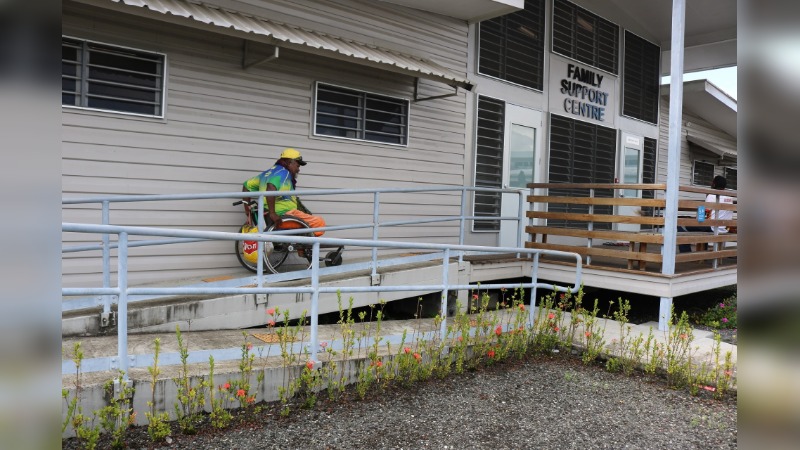NEWS
ACCESSIBILITY A CRITICAL OUTCOME FOR HOSPITAL REDEVELOPMENT
![]() By Katrina ANGELI |
August 17, 2023
By Katrina ANGELI |
August 17, 2023

Related News
LATEST NEWS






